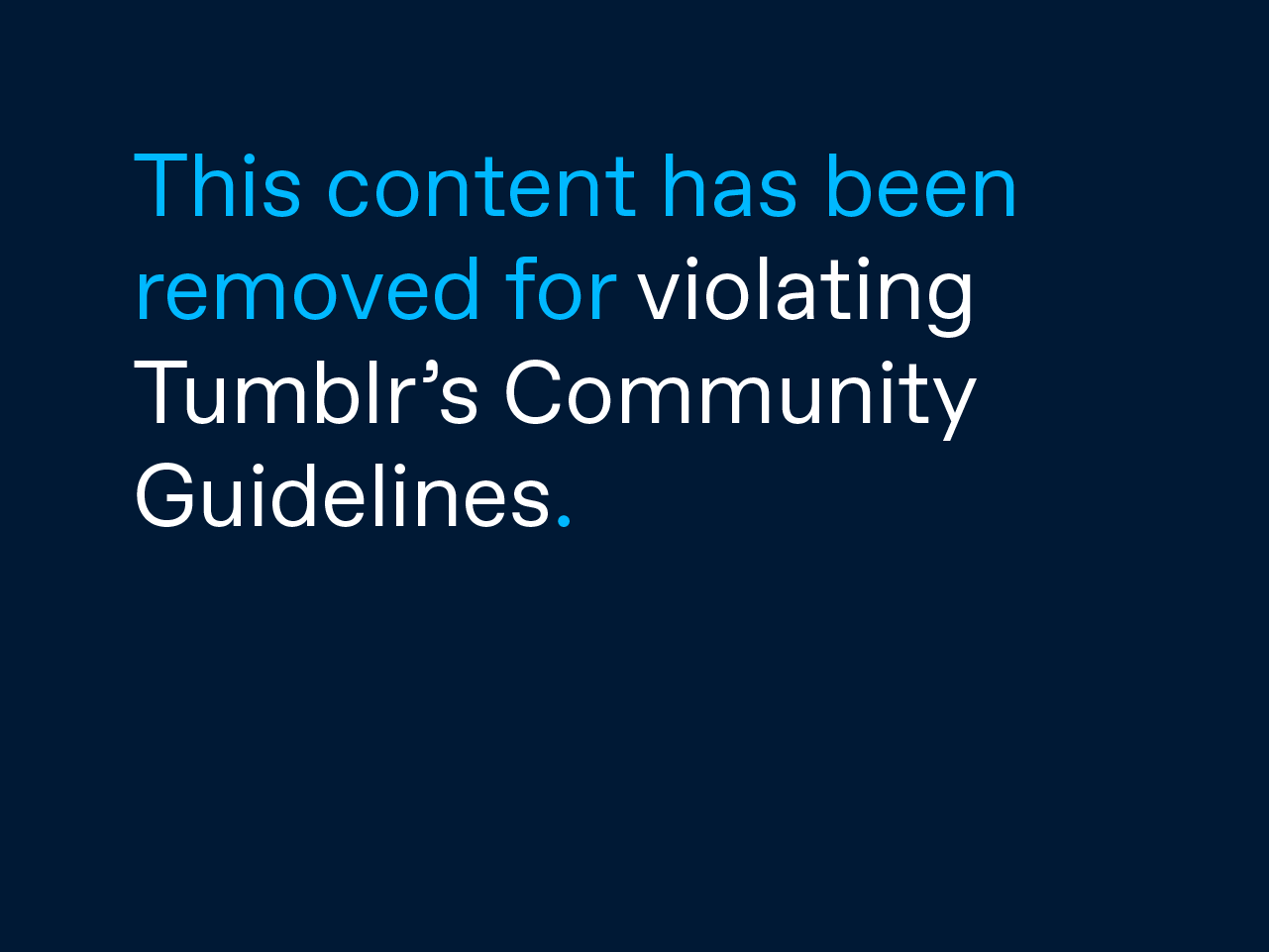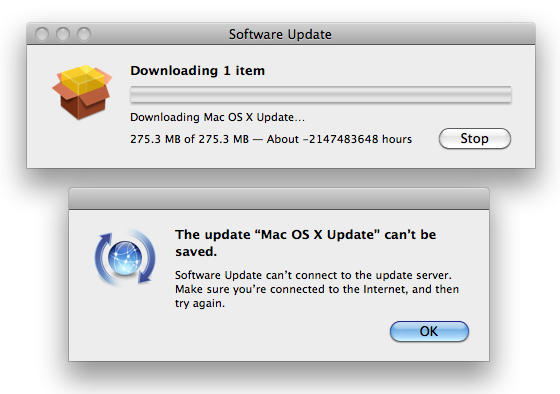Now that Mac OS X 10.6.8 has been out for a couple of weeks, it’s a good time to check in and see what problems, if any, are being commonly reported. There are three issues that appear to have generated the most user complaints:
Download Combo Update 10.6.8; Download Legacy Kernel 10.6.8, Bisa kamu download di Sini; Yang terakhir siapkan Kopi susu / teh untuk nunggu proses installisasi 😀 Cara Instal: Snow Leopard 10.6.8 Update. Backup Dahulu Kext-2 yang menurut anda penting; Jalankan file update 10.6.8 yang sudah kamu download. Mac OS X 10.6.8 Update Combo v1.1 Mac OS X Server v10.6.8 Update v1.1 Monday's releases would appear to be the final updates Apple has planned for the Snow Leopard operating system, with the.

1. Optical Audio “broken”
Immediately after updating to Mac OS X 10.6.8, a number of users reporting getting no audio for stereo digital optical output. Other audio formats, such as DTS, work—but not standard stereo.
The cause of the symptom is most likely the updated AppleHDA.kext file, located in /System/Library/Extensions/. For many users, removing the file and replacing it with the same-named file from a Mac OS X 10.6.7 installation eliminates the audio bug. If you need help performing this downgrade, a MacFixIt article details how to obtain a 10.6.7 version of the kext file.

Beware: a few users found this downgrade only made things worse, leaving them with no sound output at all. So be sure you have everything backed up before experimenting here.
In the end, Apple has confirmed that this is “a known issue, which is currently being investigated by engineering.” Expect a fix in 10.6.9.
2. Printer “failure”
Probably the single most common 10.6.8 problem, at least as evidenced by a massive 17 page thread in Apple Support Communities, is a failure to print. The typical symptom is that the printer driver software pauses, displaying a message that states something like: “printer-state-message=”/usr/libexec/cups/backend/lpd failed” or “/usr/libexec/cups/backend/dnssd failed.” Not all printers have this problem, but users report seeing the symptom in a variety of different printers.

As is often the case with update-related problems, reinstalling 10.6.8 from the combo updater may eradicate the symptom. Another possible solution is modifying a printer file in the /etc/cups/ppd directory (as detailed in the above-linked thread).
Unfortunately, none of these solutions are guaranteed to work. What does reliably fix the problem is to downgrade back to 10.6.7. If you’d rather stick with 10.6.8, you can instead downgrade just the quartet of printer-related files that appear to be the root cause of the symptom. These are the socket, dnssd, lpd and ipp files, located in the /usr/libexec/cups/backend directory.
A Mac user wrote an application, Repair10.6.8 (direct download link), that automatically downgrades these four files for you. Several users report success with this program. After running the Repair app, you may also need to “reset printing system” by selecting the command from the contextual menu for the printer name in the Print & Fax System Preferences pane.
3. Network connection “lost”

After updating to Mac OS X 10.6.8, numerous users have discovered that their computer no longer maintains a reliable connection to a Wi-Fi network. Typically, the connection drops after a few minutes.
A thread covering this symptom offers numerous potential solutions. There is the familiar fix of reinstalling the update via the combo updater and the less common SMC reset. For a few users, the cause of the symptom appeared to reside in the settings of the AirPort Base Station. For these users, a hard reset of the Base Station fixed the problem. There did not seem to be one universal fix that cured the problem for all users.
Os X 10.6 8 Combo Update
In a variation of this symptom, MacFixIt reports that a Mac running 10.6.8 may fail to connect to a network altogether, showing a “self-assigned IP address” in Network System Preferences. The fix here is to clear the firewall settings. To accomplish this, remove the com.apple.alf.plist file from the /Library/Preferences/ folder; then restart your Mac.